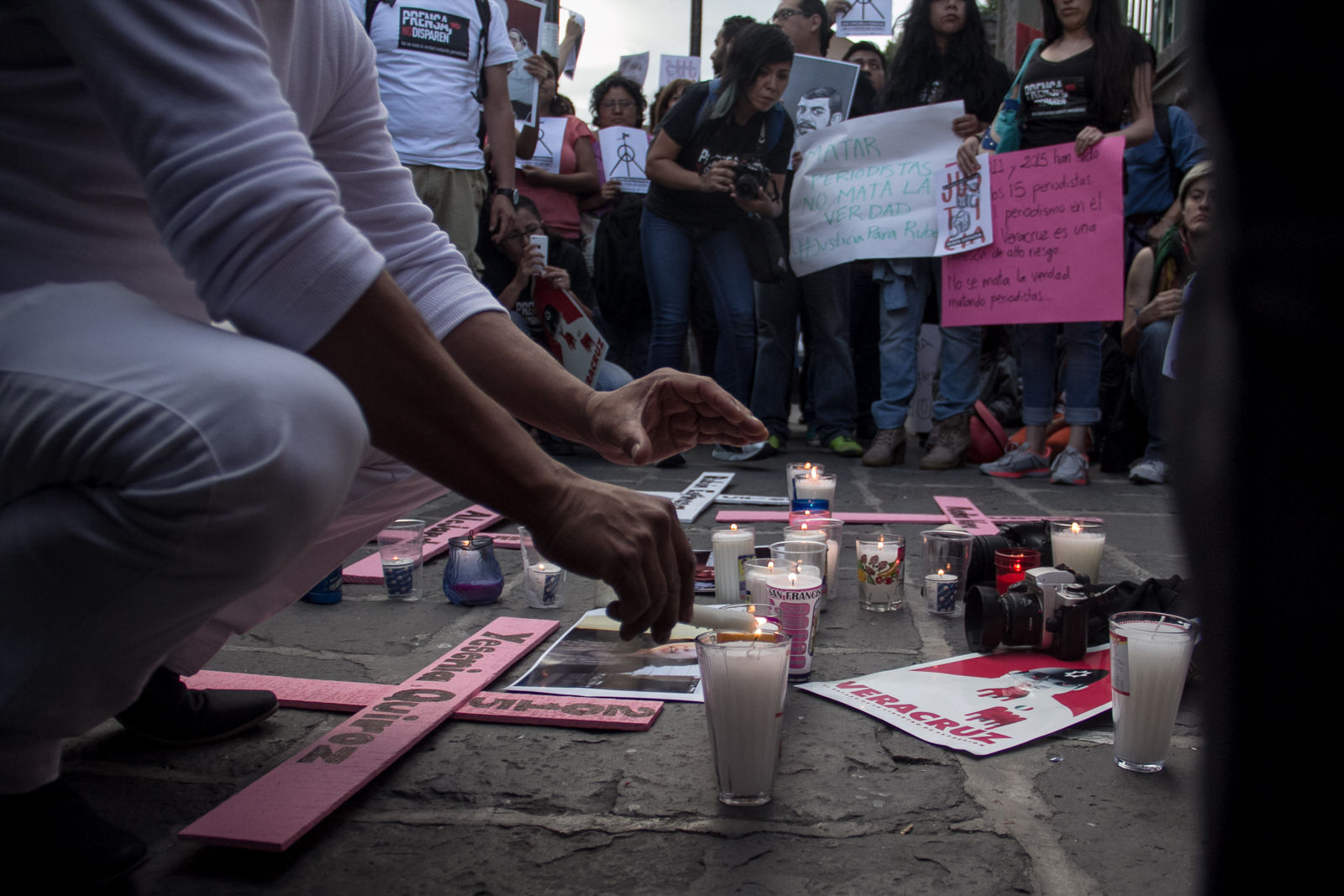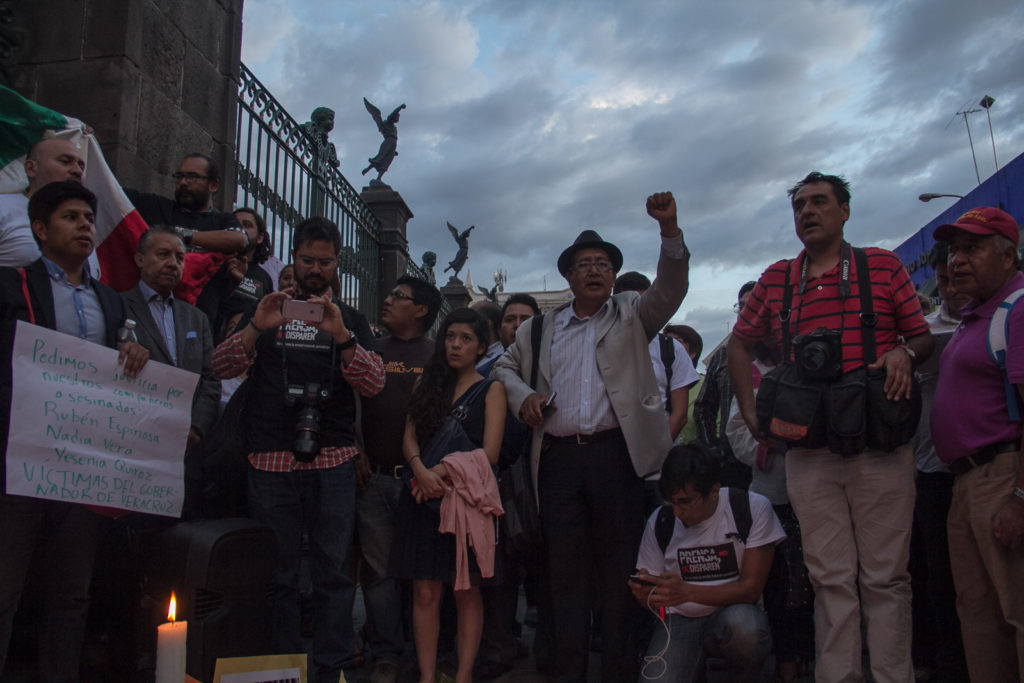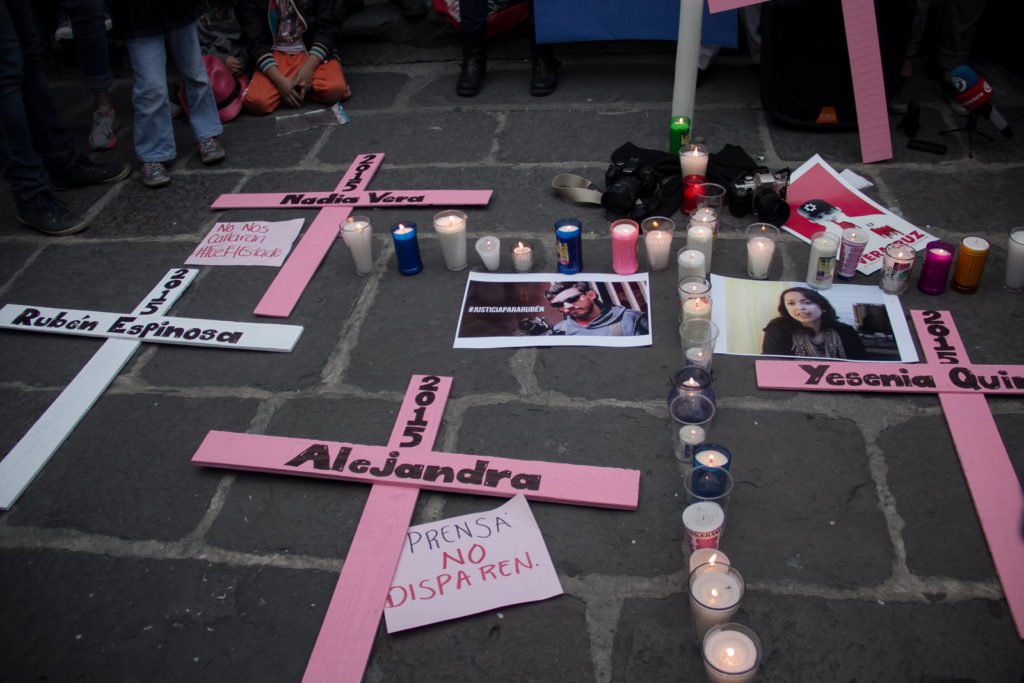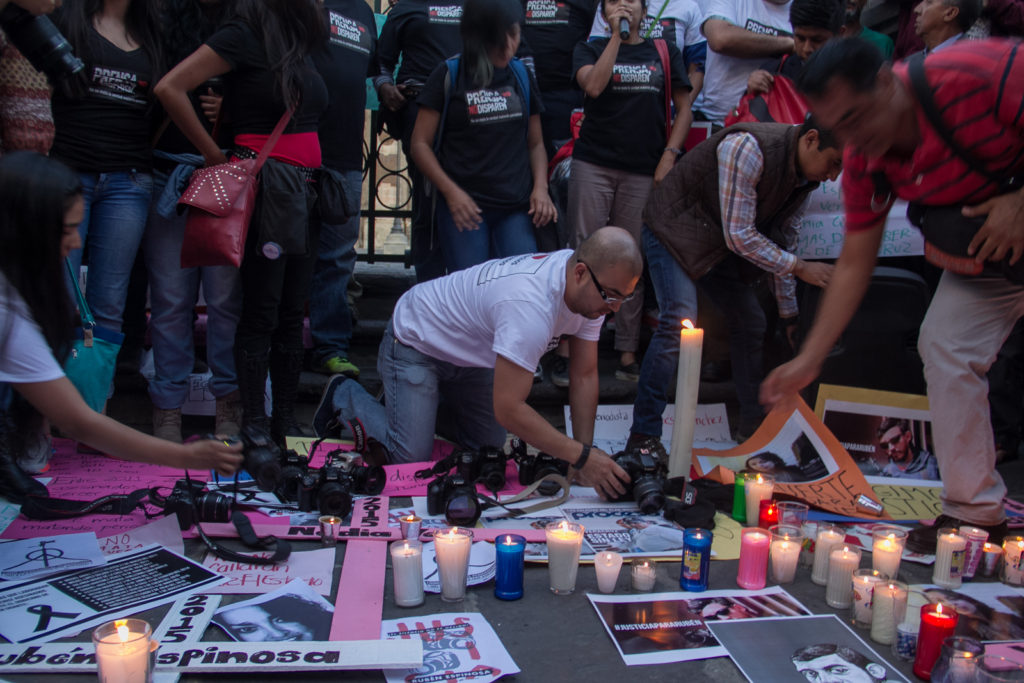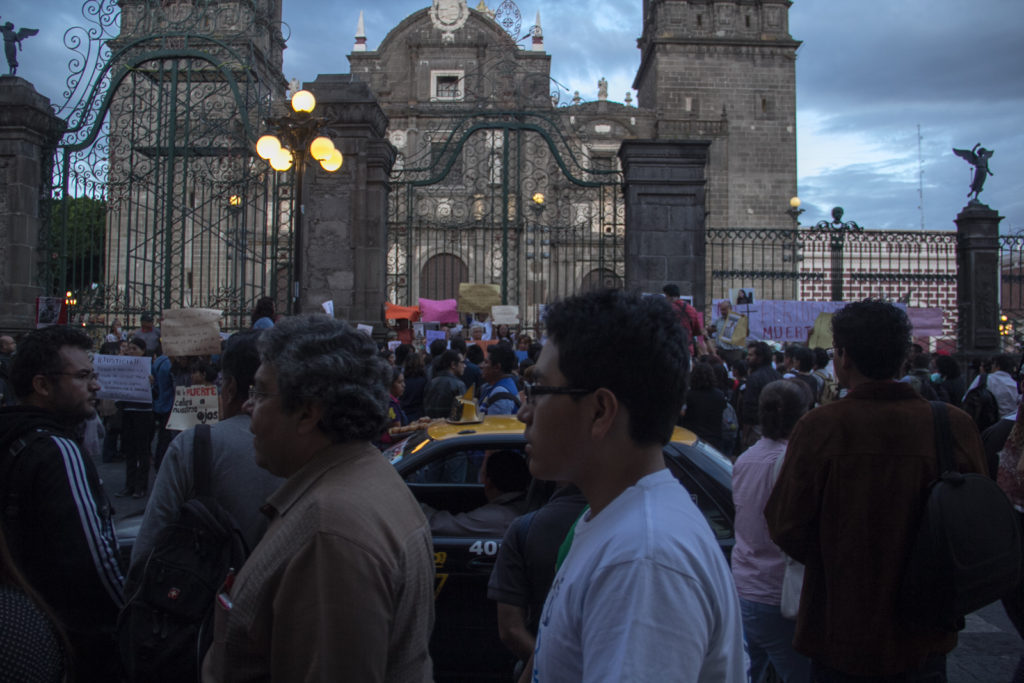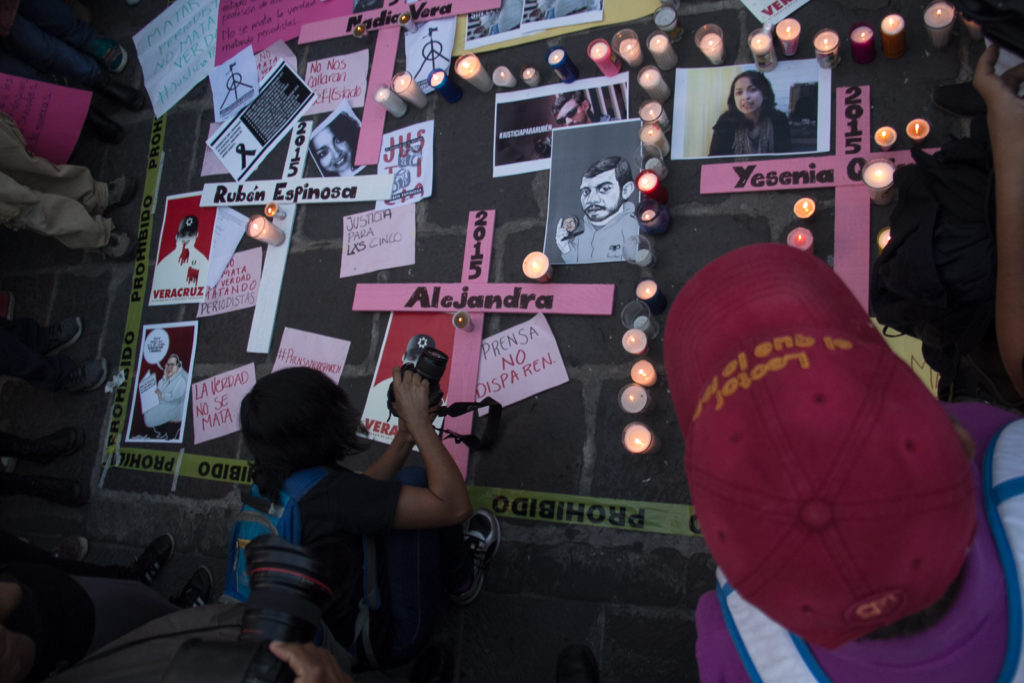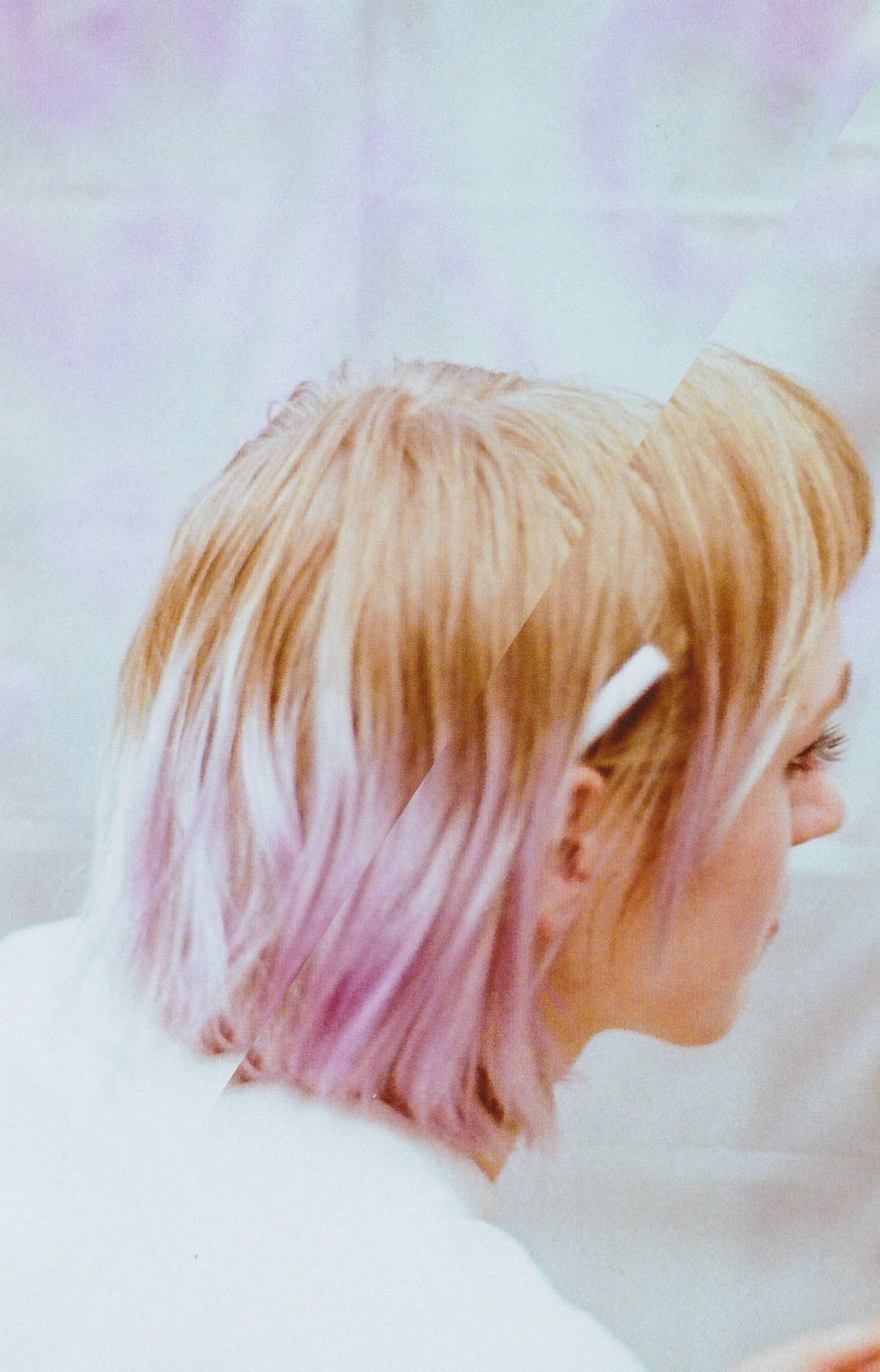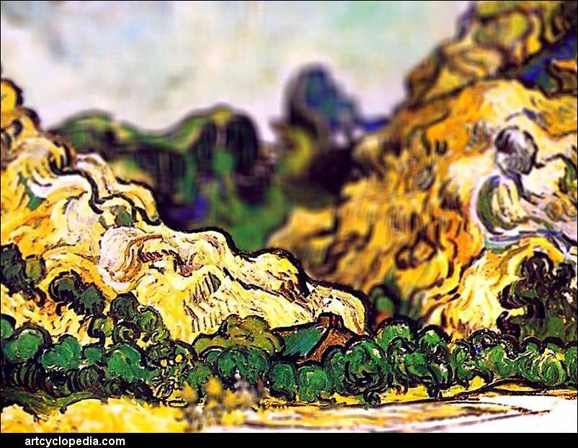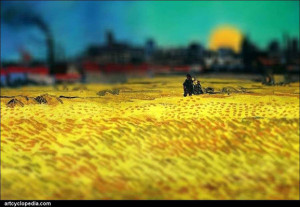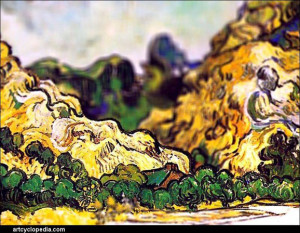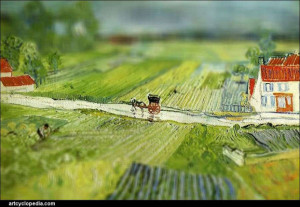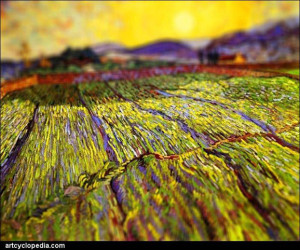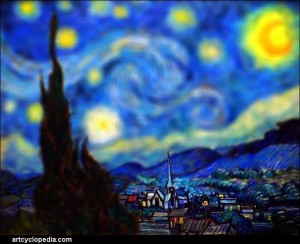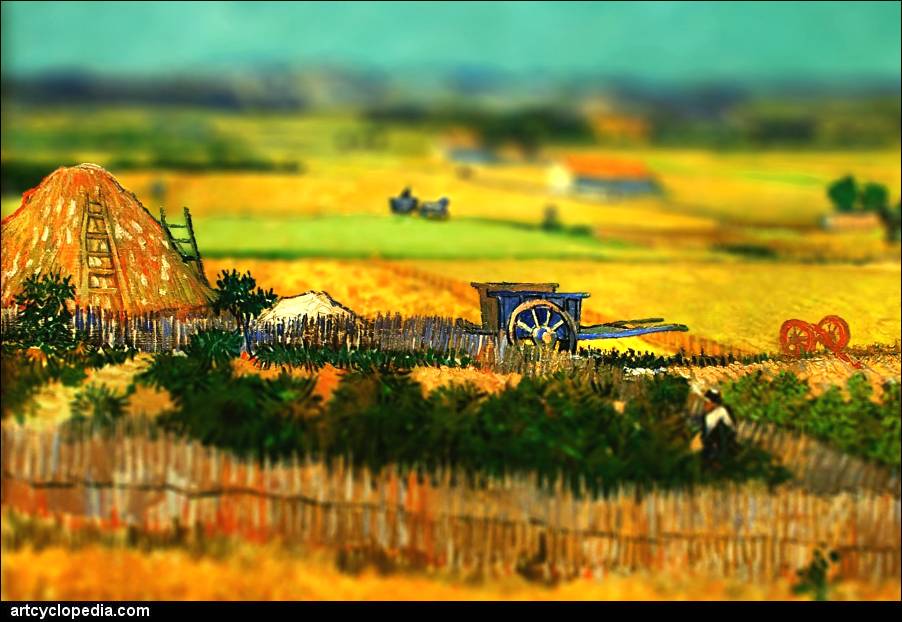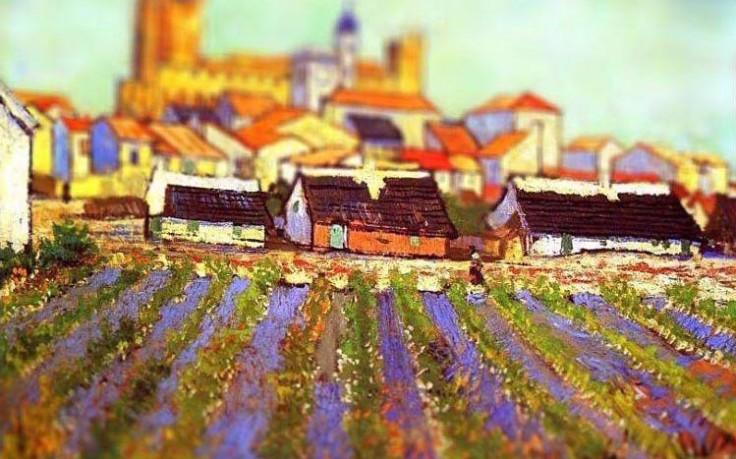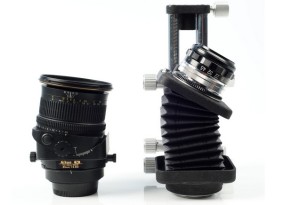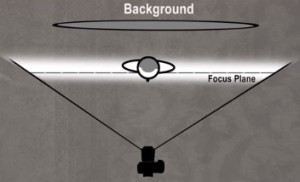It is rare to come across something so aesthetically pleasing that it requires one to stop staring so as not to strain the eyes from the sheer glaring, doleful beauty found in the pulchritude of its aesthetics. Yet this seems to be the case with the work of the B.C. artist who goes by the pseudonym of “Lou.” Imperceptible, yet still stinging with colors and abstractions, Lou manages to establish the most vain formats of photography and materialize allurement.
The essence of the creative is brought out through most of Lou’s work, who while at times dealing with gelastic settings, at others captures the essence of the people that surround her. In every photograph she manages to blend colors with cold forms of emotional detachment while still keeping a sense of warmth in the rhythm of color and, I dare say, even in absurdity.
Her work, although it could be interpreted by some as astute to the vanity of humans, is in fact just that, but more so an expression of a part of everyone’s character. In other words, we all enjoy “eye candy,” and to deny this truth is to go against the most innate part of human nature. The desire to be exposed to beauty in all its forms is a desire we all hold, which is perhaps one of the reasons why Lou has amassed a decent following around the world, some even as far as Russia.
Lou, who during the day goes by Mary-Jolene Scott, has been heavily immersed in photography for the past three years, where she has been involved in shoots with numerous fashion and clothing designers in the Lower Mainland. Her most recent work with designer Jennifer Williams led to a series of extravagant shots in what seems to be the dead center of some far-off desert. What is most interesting however is that Lou puts a great deal of effort into the design of her sets, with a methodical preciseness in lighting. When one looks at her photographs it is not hard to see that magnetism comes infallibly with exactitude.
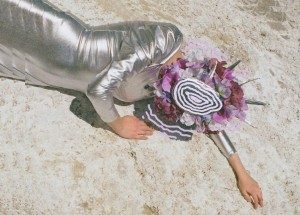
In a phone interview with The Speaker, when asked why she creates, she answered: “I just do it because I can,” which prompted this journalist to seek no further truth, and even lead him to realize that the congruence of her character is very much in tune with her work. Although aloof and cold, it is still alluring. One does not need to go even beyond the artist-name she has picked for herself — which was based on Lou Reed — to understand the image she is trying to convey.
Her work, detached, even dispassionate, might give a sense of a lack of emotion, yet that is the very point to which she aspires. Still, the process by which one comes to such impassive aesthetics is not in fact one devoid of emotions but of a work ethic and passion for her art that is required to produce such work. As mentioned before, although a great deal of her photography deals with gaudy character-types and settings, a more refined anecdote is the fact that she takes photos of people in her community, and sometimes they even pose in her shoots. The social aspects that are very much left behind in Lou’s work do play a salient role in its creation.
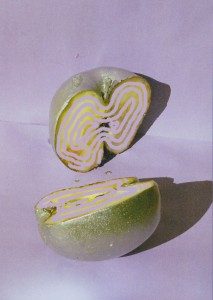
One of her most alluring works, in my opinion, is the sliced golden apple with transposed lines at the cores. The feeling is that of disunion but not in some sort of “deep” or “metaphorical” manner; rather in the pure character of the apple itself. In other words, lines, forms, and shapes transpire to create a portrait of defined colors captured by a 35mm lens. It is a dichotomy therefore of the reality captured by photography, and the surreal — namely the lines and shadows which seem hypnagogic yet are still very much part of the “photographic” canvass.
In another piece, where the body of what seems to be a female covered with intent by a flaccid mask and decorated with bright flowers, we find again very much an example of the detached, almost Millais-styled “truth to beauty” that Lou tries to portray in her work. The individual body is present, yet its identity is concealed by a material cover. I dare say that behind the mask lies a frigid stare, although that is not for the viewer to experience but only to ponder.
 Although photography is sometimes decried as a medium for the mediocre, Lou shows that creativity is not in fact so bleak of a course when it comes to snapping images that have depth to them and even delicacy. Her work is therefore proof that design, photography, fashion and art are innately linked to each other — in a Dalaunay fashion — and that together they form Lou’s vignette of color.
Although photography is sometimes decried as a medium for the mediocre, Lou shows that creativity is not in fact so bleak of a course when it comes to snapping images that have depth to them and even delicacy. Her work is therefore proof that design, photography, fashion and art are innately linked to each other — in a Dalaunay fashion — and that together they form Lou’s vignette of color.
When asked where she sees herself in five years, she promptly responded: “famous,” giving again an impression of confidence that is parallel with the cheek of her photography.
Critique by Milad Doroudian.
Photographs by Lou
Model: Coco Clark
